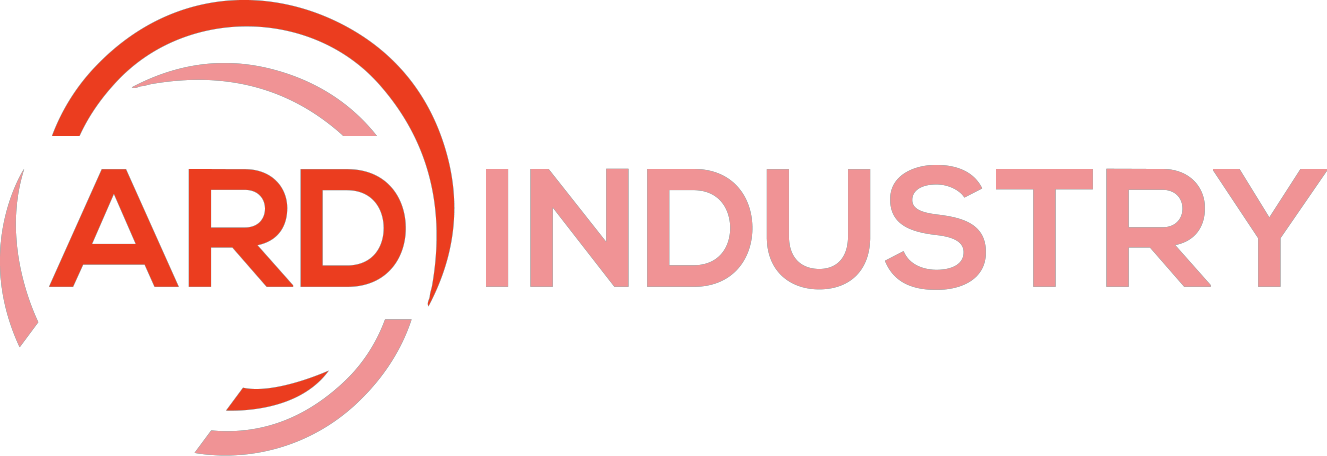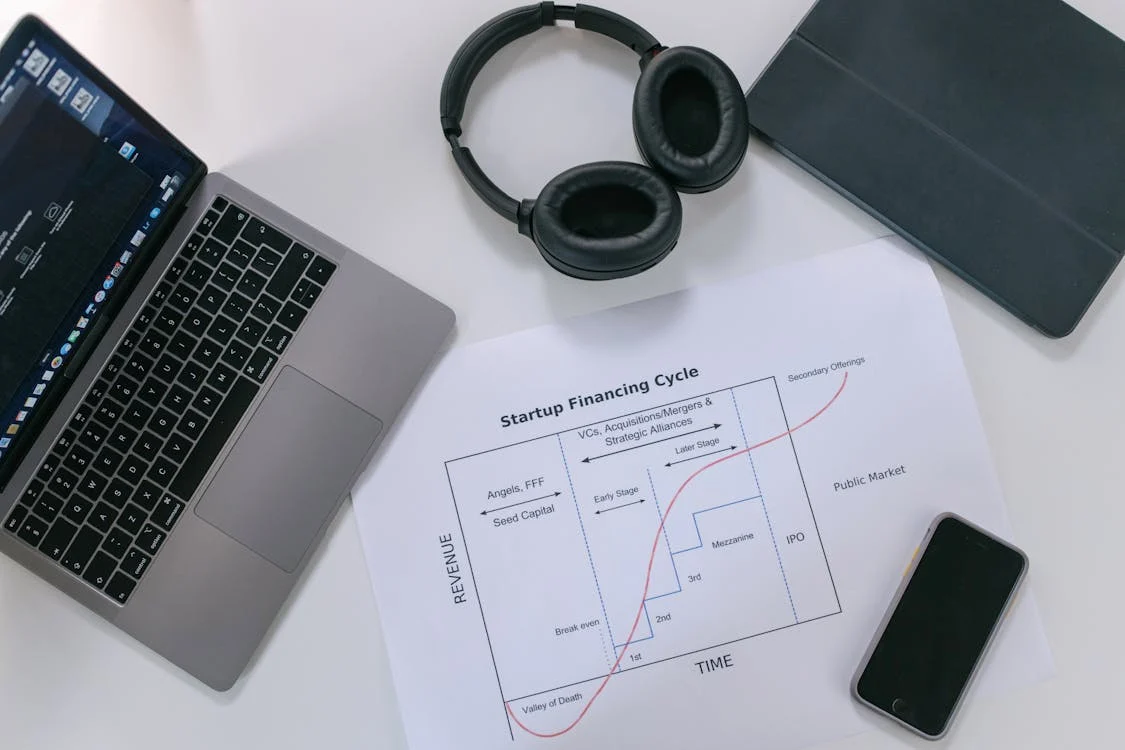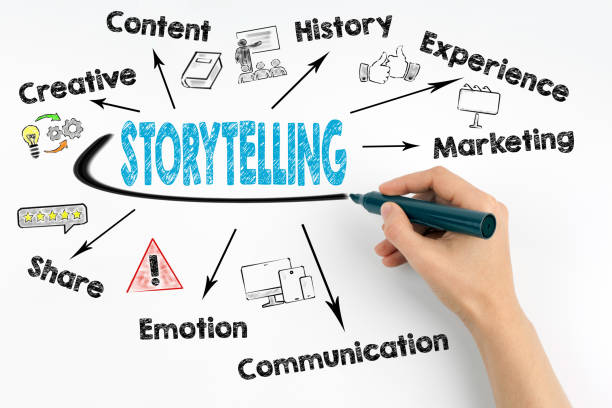Email marketing remains one of the most effective ways to communicate with your audience. Crafting compelling email content is the cornerstone of any successful campaign. Whether you are reaching out to existing customers or attracting new ones, the way you write your emails plays a significant role in driving results.
This guide will walk you through the steps to create email content that grabs attention, holds interest, and turns readers into customers.
Why Email Content Matters More Than Ever
In the digital age, people are flooded with messages every day. So why do some emails get opened and acted upon while others are ignored? The answer lies in the content.
Email content is your direct line to the recipient. It allows you to:
- Build meaningful relationships.
- Communicate your value clearly.
- Drive measurable actions like clicks, sign-ups, or purchases.
Done right, email marketing is not just effective—it is essential for keeping your business relevant.
Step 1: Understand Your Audience
Before you even write a single word, ask yourself: Who are you writing for?
Knowing your audience is key to creating email content that resonates. Consider:
- Demographics: What is their age, location, or profession?
- Interests: What topics or products are they passionate about?
- Challenges: What problems are they trying to solve?
By understanding these details, you can tailor your email to meet their needs and expectations. The more relevant your message, the more likely it is to convert.
Step 2: Nail the Subject Line: Email Content
Your subject line is the first thing your audience sees. It determines whether your email gets opened or sent straight to the trash.
Tips for creating irresistible subject lines:
- Keep it short and clear: Aim for 6–10 words.
- Create urgency: Use time-sensitive language to prompt action.
- Ask a question: Engage curiosity with questions that relate to your audience.
- Be specific: Mention exactly what the email offers.
Examples:
- “5 Ways to Save on Your Next Order”
- “Struggling with Productivity? Try This Simple Tip”
Step 3: Write an Engaging Opening: Email Content
Once the email is opened, the first sentence needs to hook the reader. The opening line sets the tone for the rest of your message.
Here are some ways to begin your email content:
- Ask a question: “Have you ever wondered why some emails work better than others?”
- Share a fact or statistic: “Did you know 47% of people decide to open an email based on the subject line alone?”
- Tell a story: Briefly relate an anecdote that connects to your topic.
The goal is to immediately draw readers in and encourage them to keep reading.

Step 4: Focus on Clarity and Value: Email Content
Your email content should always focus on clarity and value. Avoid overwhelming readers with too much information. Instead, keep it concise and relevant.
Key tips for clear email content:
- Break your text into short paragraphs or bullet points.
- Use simple, easy-to-understand language.
- Highlight benefits over features.
For example, instead of saying, “Our software has advanced analytics,” you could say, “Get insights that help you make smarter decisions.”
Step 5: Add a Call to Action (CTA): Email Content
Every email needs a purpose, and that purpose should be reflected in a clear call to action (CTA).
Your CTA should:
- Stand out visually with a button or bold text.
- Use action-oriented language like “Get Started” or “Claim Your Offer.”
- Be specific about what the reader should do next.
Examples:
- “Download Your Free Guide Now”
- “Shop the Sale Before Midnight”
The CTA is where conversions happen, so make it as appealing as possible.
Step 6: Use Visuals Wisely: Email Content
While the text is important, visuals can greatly enhance your email content. However, they should never overshadow the message.
Best practices for using visuals in emails:
- Include high-quality images relevant to the content.
- Use alt text for accessibility in case images do not load.
- Avoid too many graphics, as they can make your email load slowly.
Images should support your message, not distract from it.

Step 7: Personalize Your Email Content
Personalization goes beyond just adding the recipient’s name. It means tailoring the content to match their preferences, behavior, and past interactions.
Ways to personalize email content:
- Refer to past purchases or browsing history.
- Segment your audience into groups based on shared traits.
- Use dynamic content that changes depending on the reader.
Personalization makes readers feel valued, increasing their likelihood of engaging with your message.
Step 8: Test and Refine Your Emails
No email campaign is perfect on the first try. Testing and refining your approach is vital for long-term success.
What to test in your email content:
- Subject lines: Experiment with different tones or structures.
- CTA placement: See if location affects click-through rates.
- Visuals: Check if adding or removing images impacts engagement.
Review the performance data from each campaign. Over time, these insights will help you craft more effective emails.
Step 9: Avoid Common Pitfalls
Even small mistakes can hurt your email’s performance. Watch out for:
- Too much jargon: Keep language simple and relatable.
- Overloading with information: Focus on one key message per email.
- Generic greetings: Use personalized introductions wherever possible.
By addressing these pitfalls, you can create email content that feels polished and professional.

The Power of Consistency
Consistency builds trust with your audience. Make sure your emails align with your brand’s voice and values. From the subject line to the CTA, every element should reflect your unique identity.
When readers know what to expect from your emails, they are more likely to engage with them.
Final Thoughts: Email Content
Creating effective email content is a skill that requires practice and attention to detail. By understanding your audience, crafting compelling subject lines, and focusing on clarity, you can design messages that truly connect with readers.
Remember, the key to successful email marketing is providing value with every message. When you do, your audience will be eager to open your emails—and act on them.








